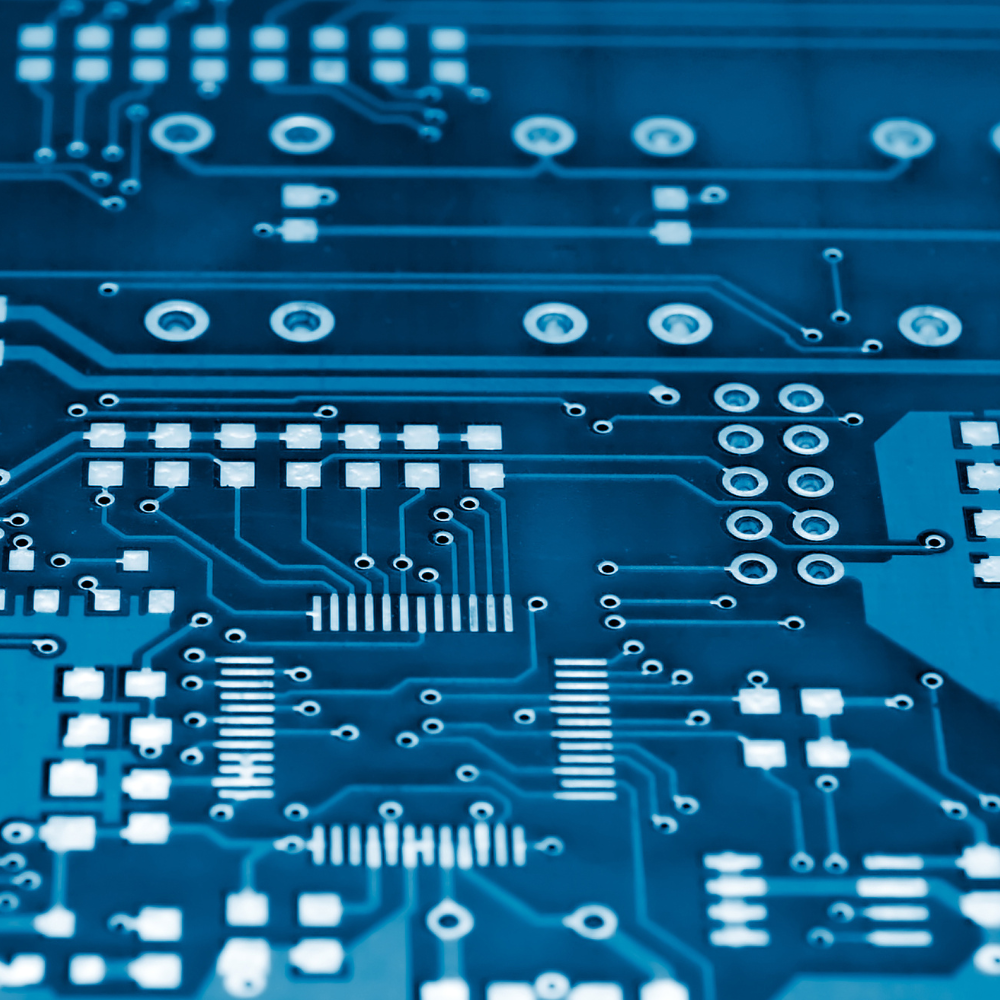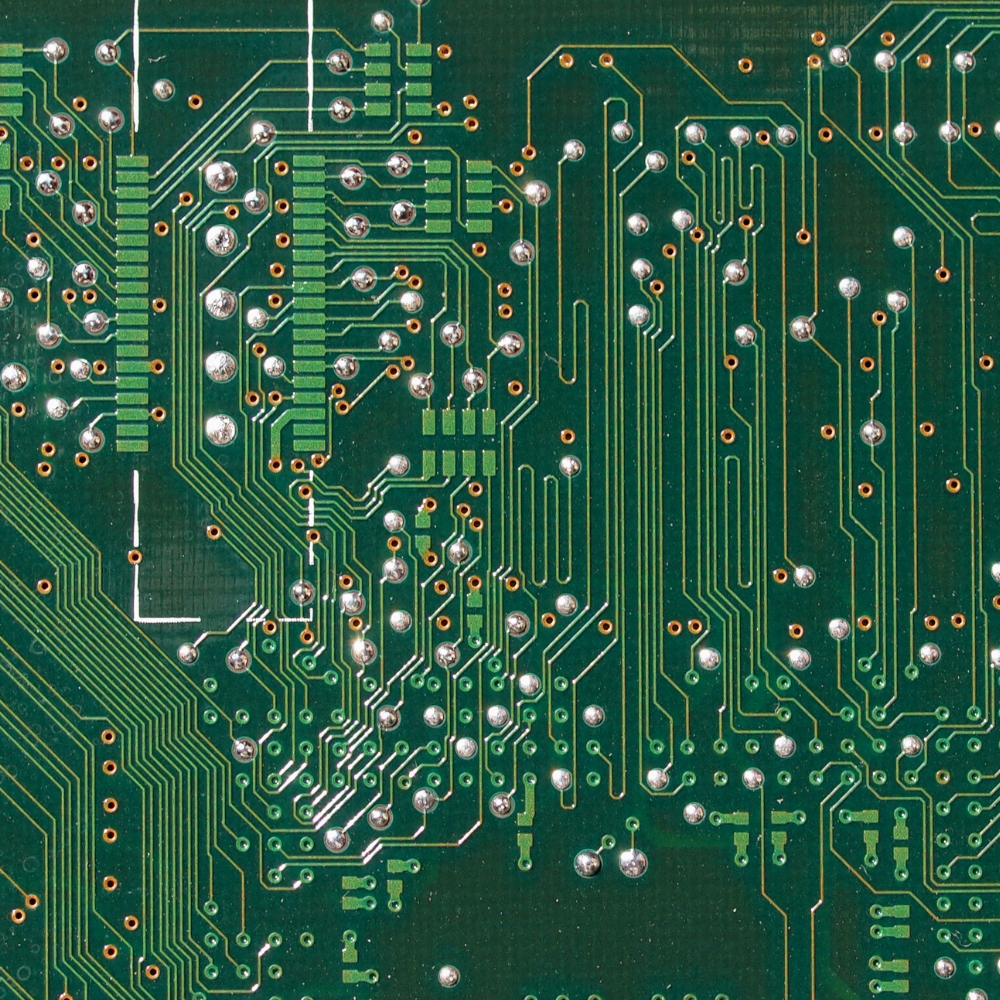BLOG

The journey from a conceptual electronic design to a fully functional device is both exciting and complex, with prototyping a printed circuit board (PCB) being a pivotal stage. This process is crucial for engineers and designers to validate the functionality, identify potential issues, and refine their designs before moving to mass production. In this blog post, we'll delve into the intricacies of the PCB prototyping process, highlighting its importance, steps involved, and best practices to ensure a smooth transition from concept to reality. The Importance of PCB Prototyping Prototyping is not just a preliminary step; it's a vital part of the PCB development process. It allows designers to test theories, identify design flaws, and make necessary adjustments in a cost-effective manner. Without this phase, the risk of costly errors and inefficiencies in mass-produced boards increases significantly. Prototyping offers a hands-on opportunity to assess performance, durability, and compliance with specifications, ensuring the final product meets or exceeds expectations. Steps in the Prototyping Process 1. Design and Schematic Capture The first step in prototyping a PCB is to convert the conceptual circuit design into a detailed schematic diagram using PCB design software. This schematic serves as a blueprint for the layout and is crucial for defining the components, connections, and functionality of the board. 2. PCB Layout Design With the schematic as a guide, the next step is to design the physical layout of the PCB. This involves placing components and routing traces to connect them according to the schematic. Designers must consider factors such as space constraints, electromagnetic interference, signal integrity, and heat dissipation to optimize the layout for performance and manufacturability. 3. Material and Component Selection Choosing the right materials and components is crucial for the prototype's performance. The selection depends on the application's requirements, such as flexibility, thermal management, and electrical properties. Components need to be sourced, keeping in mind factors like availability, cost, and compatibility with the intended design. 4. Prototype Manufacturing Once the design is finalized, it's sent to a PCB prototype manufacturer. The manufacturer produces a small quantity of boards, allowing designers to test the design without the commitment of a large production run. This step involves processes like etching, drilling, plating, and soldering, depending on the complexity of the design. 5. Assembly and Soldering After manufacturing, components are assembled and soldered onto the board. This can be done manually for simple prototypes or using automated processes like surface mount technology (SMT) for more complex designs. 6. Testing and Debugging With the prototype assembled, the next crucial phase is testing and debugging. This involves powering up the board and running various tests to ensure it operates as intended. Any issues, such as short circuits, component failures, or design flaws, are identified and rectified during this phase. 7. Iteration Often, the first prototype is not perfect. The prototyping process is iterative, with each cycle involving testing, identifying issues, making design adjustments, and manufacturing a new prototype. This cycle continues until the prototype meets all design requirements and performs reliably. Best Practices for Effective PCB Prototyping Thorough Design Review: Before moving to prototyping, conduct a detailed review of the design to catch potential issues early. Component Sourcing: Ensure components are readily available and choose reliable suppliers to avoid delays. Clear Communication with Manufacturers: Provide detailed documentation and maintain open lines of communication with your PCB manufacturer to ensure the prototype matches your specifications. Testing and Validation: Develop a comprehensive testing plan to thoroughly evaluate the prototype's performance under various conditions. Conclusion PCB prototyping is a critical step in the journey of bringing an electronic product to life. It bridges the gap between theoretical designs and practical, functional devices. By understanding the prototyping process and following best practices, designers can navigate this phase efficiently, saving time, reducing costs, and ensuring the success of the final product. The iterative nature of prototyping fosters innovation and refinement, ultimately leading to the creation of high-quality, reliable PCBs that form the heart of modern electronic devices. Whether you're a seasoned engineer or a budding electronics enthusiast, mastering the art of PCB prototyping is a key milestone in the exciting journey of electronic product development.

Printed Circuit Boards (PCBs) are the backbone of the modern electronics industry, serving as the foundation for virtually all electronic devices we use today. From smartphones and computers to medical devices and automotive systems, PCBs make the integration and functionality of complex circuits possible in compact spaces. This blog post will explore the intricacies of PCBs, their evolution, manufacturing processes, types, and their critical role in the advancement of technology. The Evolution of PCBs The concept of PCBs dates back to the early 20th century, but it wasn't until the 1950s that they became a staple in electronic manufacturing, replacing the traditional point-to-point construction. The introduction of PCBs marked a revolution, allowing for more reliable, compact, and cost-effective electronic devices. Over the decades, advancements in materials, manufacturing techniques, and design software have significantly improved the performance and reduced the size of PCBs, enabling the miniaturization and sophistication of electronic devices we witness today. How PCBs Are Made The manufacturing of PCBs is a meticulous process that involves several steps, each critical to the functionality and reliability of the final product. The process typically starts with the design phase, where engineers use specialized software to layout the circuit. The design is then transferred onto a copper-clad laminate, which undergoes a series of processes including etching, drilling, plating, and solder masking, to create the desired circuit pattern. The complexity of the manufacturing process depends on the type of PCB and its intended application, ranging from simple single-layer boards to complex multi-layer designs. Types of PCBs PCBs come in various types, each suited for different applications and complexities of electronic devices: Single-Sided PCBs: These are the simplest type, featuring a single layer of substrate and conductive material, ideal for low-density designs. Double-Sided PCBs: These boards have conductive copper layers on both sides, allowing for a higher density of circuits. Multilayer PCBs: These are composed of three or more double-sided boards stacked together, offering higher circuit density and improved performance characteristics, crucial for advanced electronic devices. Flexible PCBs: Made from flexible materials, these PCBs can bend and flex, making them ideal for devices where space and form factor are constraints. Rigid-Flex PCBs: Combining the features of rigid and flexible PCBs, these boards provide the best of both worlds, offering durability and flexibility in complex applications. The Role of PCBs in Technology Advancement PCBs have been instrumental in the rapid advancement of technology. They have enabled the development of smaller, more powerful, and energy-efficient devices, pushing the boundaries of what's possible in electronics. In sectors like healthcare, PCBs have led to innovations in medical devices, improving diagnostics and treatment options. In the automotive industry, they are at the heart of electronic systems that enhance vehicle performance, safety, and comfort. The IoT (Internet of Things) revolution is also heavily reliant on PCBs, connecting billions of devices worldwide. Conclusion Printed Circuit Boards are more than just layers of copper and substrate; they are the critical infrastructure that powers the digital age. As technology continues to evolve, the importance of PCBs in enabling innovations and driving advancements in various industries cannot be overstated. The ongoing research and development in PCB design, materials, and manufacturing processes promise even more exciting possibilities for the future, ensuring that PCBs will continue to be a cornerstone of electronic engineering for years to come. Whether you're a tech enthusiast, an engineer, or just curious about the electronics that power your daily life, the world of PCBs offers a fascinating glimpse into the building blocks of modern technology.

